When we imagine space travelers, we typically picture astronauts in bulky suits floating gracefully through spacecraft—but they’re not the only Earth species to venture beyond our atmosphere. Insects, our tiny terrestrial neighbors, have been silent pioneers in space exploration since the early days of the space race. From fruit flies to silkworms, these small creatures have provided crucial insights into how biological systems respond to microgravity, radiation, and the unique stresses of spaceflight. Their journeys have not only expanded our understanding of biology in space but also helped pave the way for human space habitation. This fascinating intersection of entomology and space science reveals surprising adaptations, unexpected behaviors, and valuable lessons that continue to shape our approach to long-term space missions.
The First Insects in Space: Pioneering Arthropod Astronauts
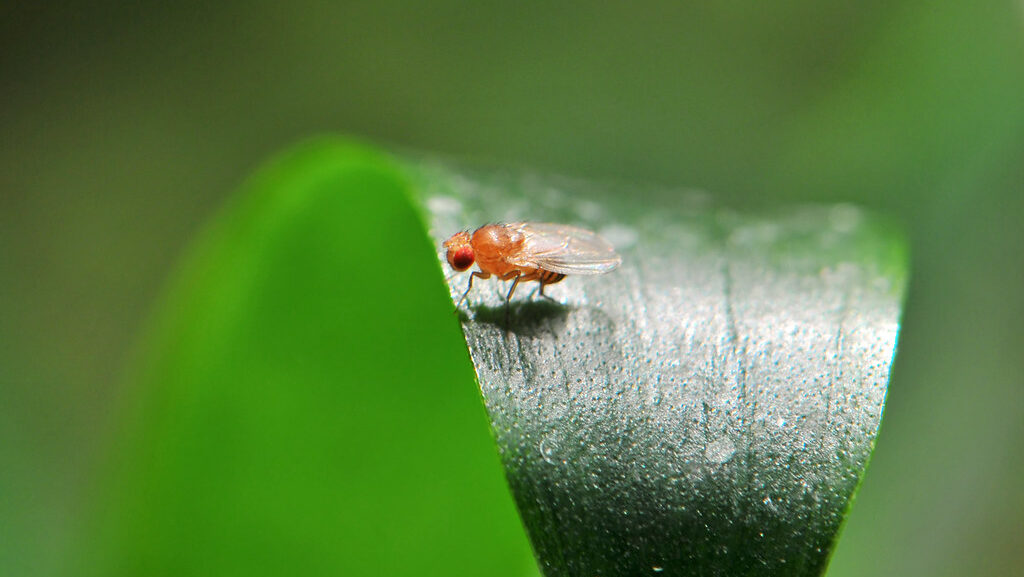
The history of insects in space dates back further than many realize, with fruit flies becoming the first animals launched into space aboard a V-2 rocket on February 20, 1947. These pioneering Drosophila melanogaster were selected for their rapid reproduction rate and well-understood genetics, making them ideal subjects for studying radiation exposure effects. The capsule containing these tiny astronauts reached an altitude of 109 kilometers before returning to Earth via parachute, with the flies successfully recovered alive. This groundbreaking mission predated human spaceflight by more than a decade and established insects as valuable biological test subjects for the emerging space program. Their successful journey demonstrated that living organisms could survive the launch stresses and brief exposure to space conditions, setting the stage for more extensive biological research beyond Earth’s atmosphere.
Physiological Adaptations: How Insects Respond to Microgravity

When exposed to microgravity, insects exhibit fascinating physiological adaptations that differ significantly from their terrestrial behaviors. One of the most noticeable changes occurs in their locomotion—without gravity’s consistent downward pull, insects must adapt their movement patterns, often using surfaces for orientation rather than relying on their usual gravitational cues. Research has shown that insects in space develop stronger leg muscles and modified exoskeletons as they compensate for the absence of normal gravitational forces. Their circulatory systems, which on Earth depend partially on gravity to move hemolymph (insect blood), must function differently in orbit, relying more heavily on muscle contractions. Additionally, changes in hormone regulation have been observed, particularly those related to growth and molting cycles, suggesting that the endocrine systems of insects are surprisingly responsive to gravitational changes.
Behavioral Changes: Insect Activities in Zero Gravity
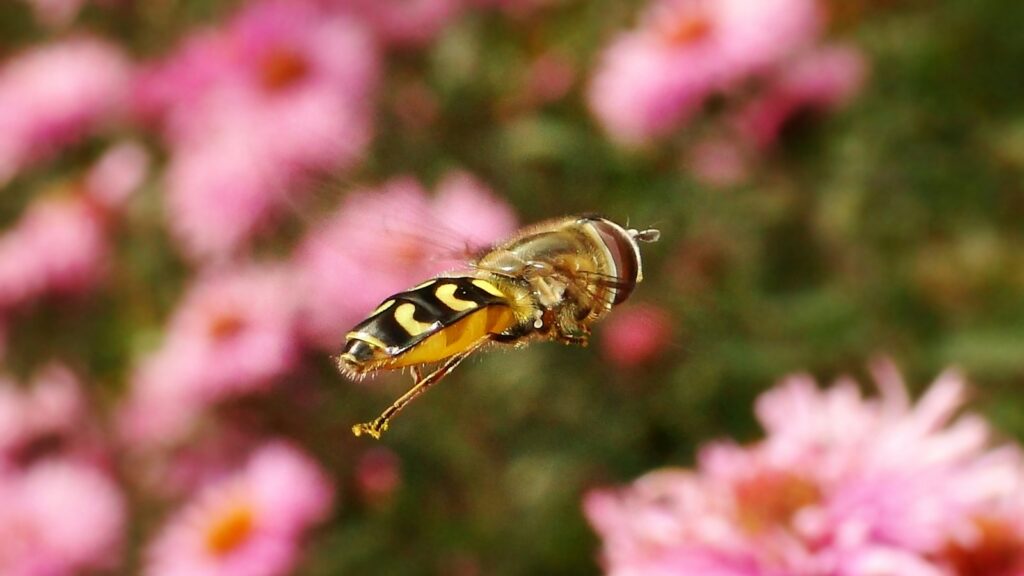
The absence of gravity dramatically transforms how insects behave, revealing adaptability that scientists continue to find remarkable. Web-building spiders, for instance, construct asymmetrical, irregular webs in space that differ substantially from their precise, symmetrical Earth counterparts—though they eventually adapt and improve their techniques with continued exposure to microgravity. Flying insects like bees and butterflies must completely relearn flight mechanics without gravity’s reference point, often showing initial disorientation followed by developing new navigation methods using visual cues and air currents within spacecraft. Feeding behaviors also change, with many species developing new techniques for handling food and water that would normally pool or flow predictably on Earth. Perhaps most interestingly, some communal insects like ants have demonstrated modified social behaviors in space, with altered communication patterns and revised task allocation among colony members—suggesting that even instinctual behaviors can be remarkably flexible when environmental conditions change dramatically.
Reproduction in Space: Can Insects Complete Their Life Cycles in Orbit?
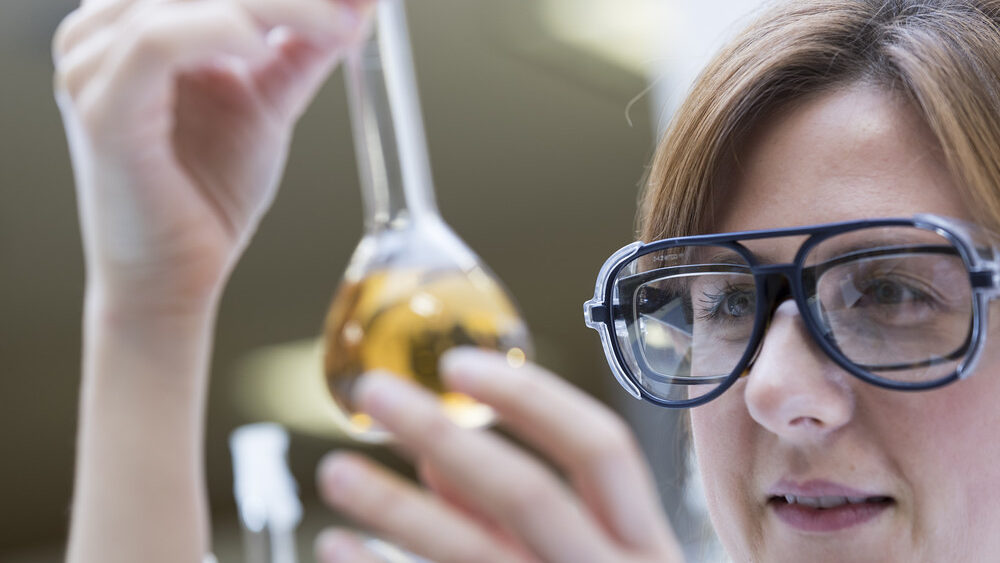
One of the most critical questions for long-term space ecology involves whether insects can successfully reproduce in microgravity environments. Experiments with various species have yielded mixed but fascinating results. Fruit flies have successfully completed multiple generations in space, with eggs developing into larvae, then pupae, and finally emerging as adults—though with some developmental timing differences compared to Earth-bound controls. The absence of gravity affects egg positioning within the female reproductive tract, sometimes leading to altered embryonic development patterns or hatching challenges for certain species. In longer-duration experiments, some insects have shown reduced fertility across generations, suggesting that prolonged exposure to the space environment may have cumulative effects on reproductive capacity. These findings have significant implications for potential space habitats or colonies, where insects might serve roles in closed ecological systems for food production or waste processing—functions that would require sustainable reproduction across generations.
Radiation Effects: How Cosmic Rays Impact Insect Biology

Beyond microgravity, one of the most significant challenges for all living organisms in space is exposure to cosmic radiation, which occurs at levels far exceeding those on Earth’s surface. Insects, despite their small size, demonstrate variable radiation resistance, with some species showing remarkable tolerance. Certain extremophile insects like the darkling beetle can withstand radiation doses that would be lethal to humans, making them valuable subjects for understanding biological radiation protection mechanisms. Studies have documented increases in DNA mutation rates in space-traveling insects, particularly affecting genes involved in development, cellular repair, and immune function. Intriguingly, some evidence suggests that successive generations born in space may develop enhanced radiation resistance through selective pressure—a form of accelerated evolution. This research area holds particular importance for planning long-duration human missions, as understanding biological radiation responses could lead to better protection strategies for astronauts during extended space travel.
The Butterfly Experiment: Monarchs in Microgravity
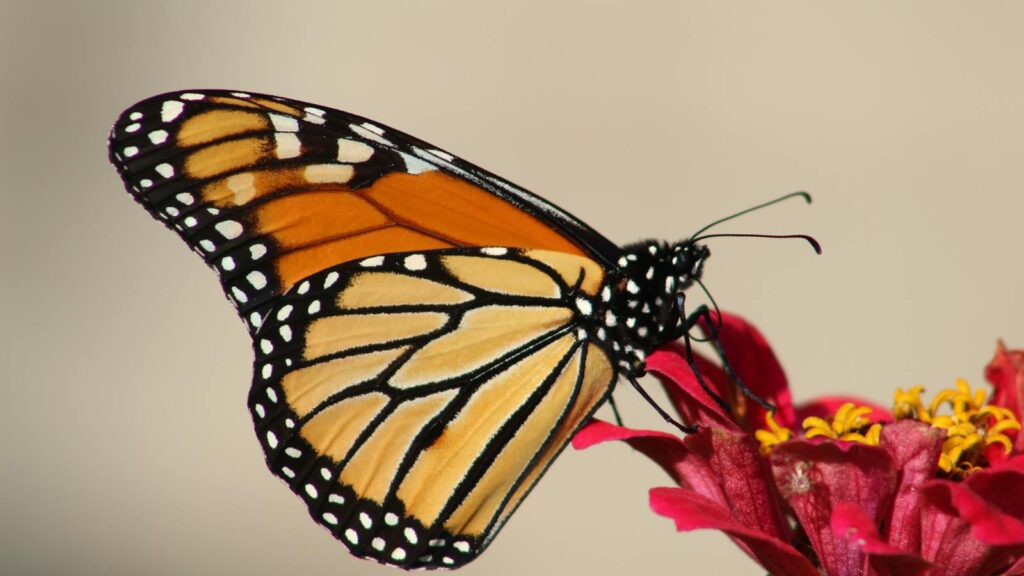
Among the most visually striking insect experiments in space was the Monarch butterfly mission aboard Space Shuttle Columbia in 1984, which captured the imagination of scientists and the public alike. This ambitious study aimed to observe how these insects, known for their complex migratory patterns on Earth, would develop and emerge in space conditions. Monarch caterpillars were sent into orbit and successfully transformed into chrysalides in microgravity, with researchers closely monitoring their metamorphosis process. When the butterflies emerged, they demonstrated remarkable adaptability, learning to fly in the absence of gravity by using visual cues and air currents within their habitat. Notably, their wing development appeared normal, but their flight patterns were distinctly different—featuring more tumbling and circular movements rather than the directed flight seen on Earth. This experiment highlighted not only the biological resilience of these insects but also raised fascinating questions about how deeply ingrained navigational behaviors might be affected by the absence of Earth’s magnetic field and gravitational cues.
Insect Agriculture in Space: Silkworms and Honeybees
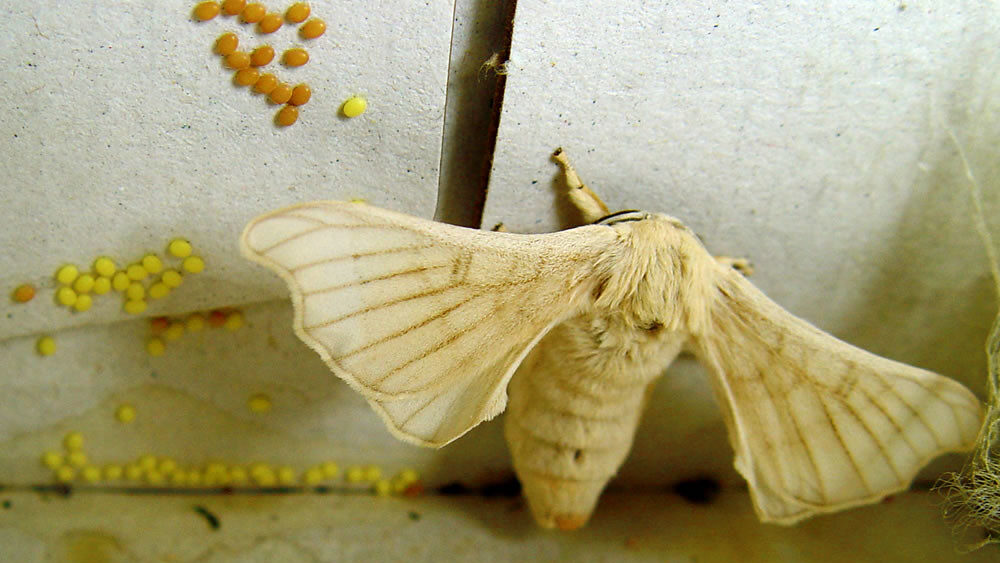
The practical applications of raising insects in space have led to experiments with species that provide direct benefits to human space travelers. Chinese space missions have repeatedly included silkworms (Bombyx mori), studying both their development and the practical aspects of silk production in microgravity. These experiments have confirmed that silkworms can complete their life cycle in space, though with some differences in silk fiber strength and consistency compared to Earth-produced silk. Similarly, research on honeybees in microgravity environments has explored their potential role in pollinating plants grown on spacecraft or future space colonies. While honeybees initially struggle with orientation in zero gravity, they demonstrate impressive adaptive capabilities, eventually establishing modified communication and navigation methods. These studies extend beyond pure scientific inquiry into the realm of practical space resources—envisioning future scenarios where insects might be integral components of self-sustaining human habitats beyond Earth, producing food, materials, and performing ecological services just as they do terrestrially.
Insect Immunology: Changes in Disease Resistance

The space environment appears to significantly impact insect immune systems, with potentially important implications for both insect health and broader biological understanding. Research aboard the International Space Station has documented decreased immune function in several insect species, with reduced hemocyte (immune cell) activity and compromised ability to encapsulate pathogens. These changes make space-dwelling insects more susceptible to bacterial and fungal infections than their Earth counterparts. Genetic analysis reveals altered expression of immune-related genes in space, particularly those involved in pathogen recognition and antimicrobial peptide production. Interestingly, this immune suppression parallels similar findings in human astronauts, suggesting common biological responses to the space environment across vastly different species. These discoveries not only help scientists prepare for potential disease management in space-based insect colonies but also provide insights into fundamental immune system functions that might benefit medical research on Earth.
The ISS Ant Colony: Social Insects Adapting to Space
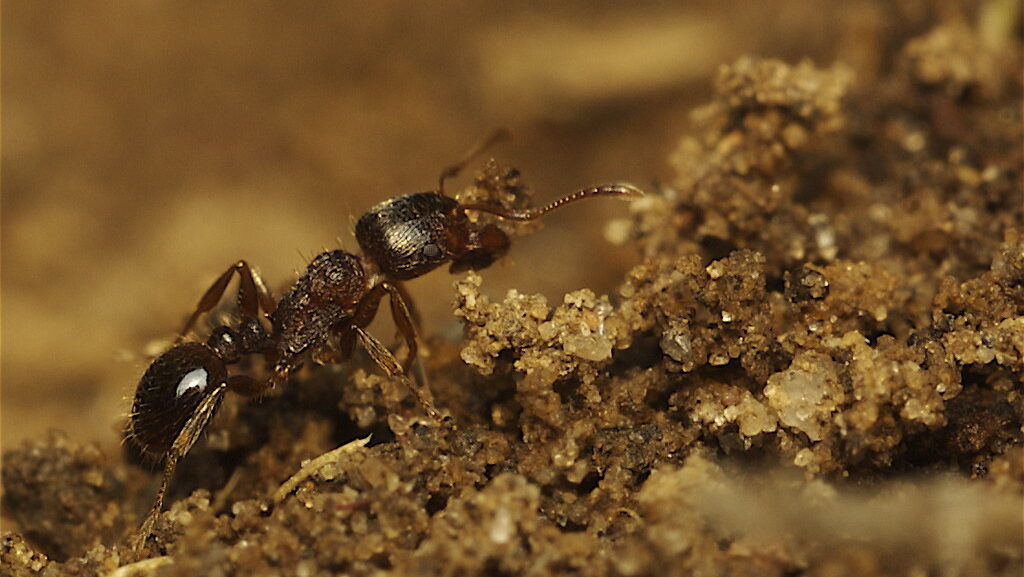
In 2014, the International Space Station hosted a particularly fascinating experiment involving pavement ants (Tetramorium caespitum), designed to study how collective behavior and social organization might change in microgravity. Scientists observed that the ant colonies initially struggled with orientation, with some ants floating away from surfaces, but quickly adapted by forming chains to rescue isolated members and developing new movement techniques. Their foraging patterns transformed from the efficient, gravity-assisted strategies used on Earth to more three-dimensional exploration using all available surfaces. Remarkably, their social hierarchy and division of labor remained largely intact, demonstrating the resilience of evolutionarily established social structures even in radically altered environments. Communications between ants, normally facilitated by pheromone trails that rely on gravity to adhere to surfaces, were modified through increased physical contact and alternate chemical signaling methods. This experiment provided valuable insights into the adaptability of collective intelligence systems and how complex social organizations might function in future space habitats.
Developmental Abnormalities: Growing Up Without Gravity
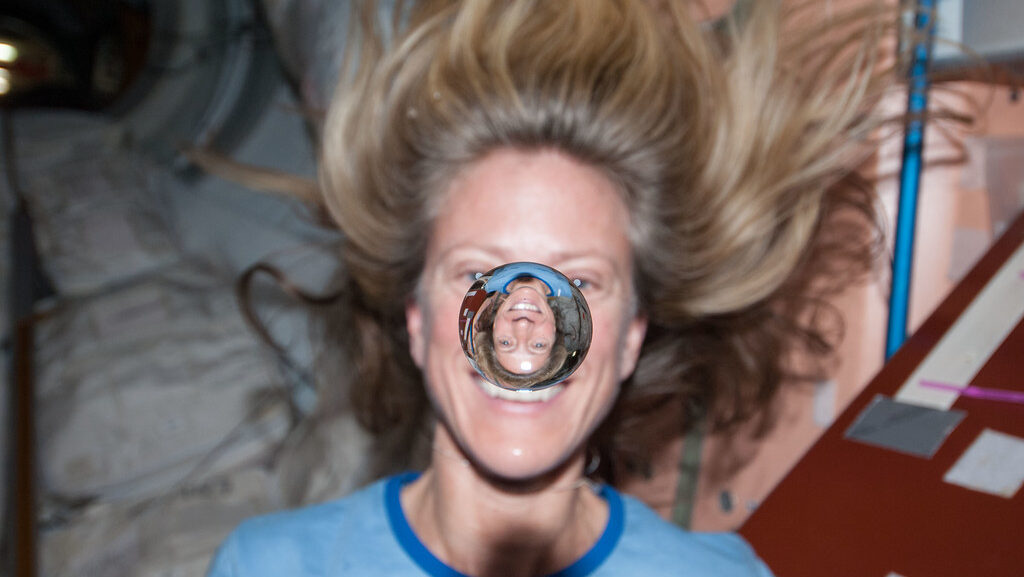
Insects that develop entirely in microgravity often exhibit subtle but significant morphological differences from their Earth-raised counterparts. Studies have documented altered exoskeleton thickness, with some species developing lighter, more fragile outer coverings in the absence of gravity’s constant resistance. Wing development can be particularly affected, with changes in venation patterns, surface area, and structural integrity that would impact flight capabilities if returned to Earth. Internal anatomy also shows adaptations, including modified muscle attachments and proportionally different digestive tract arrangements that reflect the absence of gravity’s usual influence on internal organ positioning. Perhaps most intriguingly, insects raised through multiple generations in space show cumulative developmental changes, suggesting that epigenetic adaptations to microgravity can be passed to offspring—essentially demonstrating real-time evolution in response to this novel environment. These findings have profound implications for evolutionary biology, demonstrating how quickly species can adapt to radical environmental changes.
Practical Applications: What Insect Astronauts Teach Us
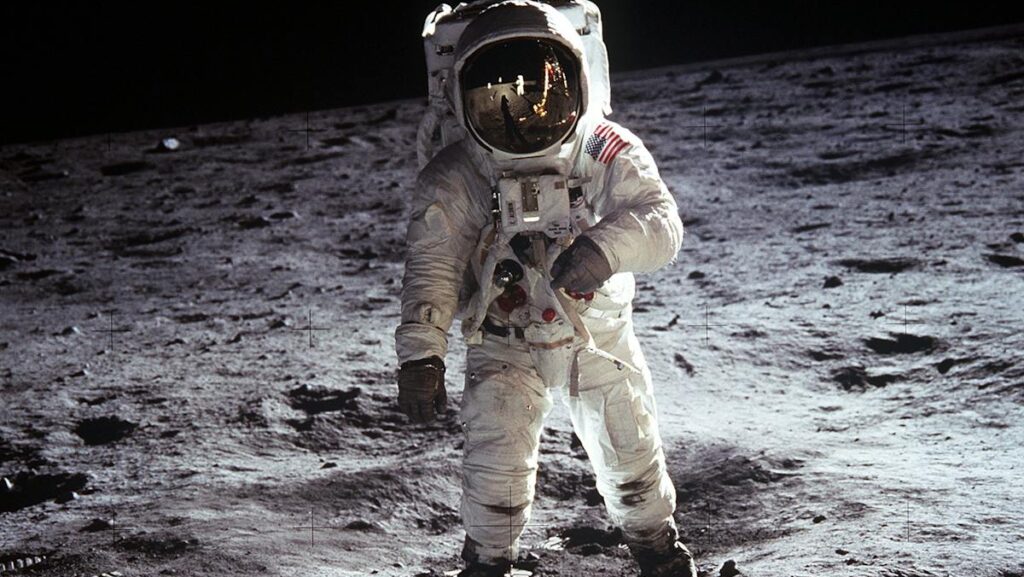
The study of insects in space extends far beyond curiosity, offering practical applications for both space exploration and Earth-based sciences. Medical researchers use data from insect radiation responses to develop better protection strategies for human astronauts on long-duration missions, particularly for future Mars journeys. Agricultural scientists apply lessons from space-based insect development to improve crop resilience and pest management techniques in challenging Earth environments. Engineers have drawn inspiration from how insects adapt their movement in microgravity to design more versatile robots for space exploration, creating machines that can navigate complex environments without relying on gravity for orientation. Perhaps most significantly, space ecologists use insects as model organisms to develop bioregenerative life support systems—essentially miniature ecosystems—that could sustain human life on distant planets through closed-loop systems where insects serve critical roles in processing waste and producing food. These practical applications demonstrate how these tiny space pioneers contribute significantly to our larger space exploration goals.
Future Research: The Next Frontier for Bugs in Space
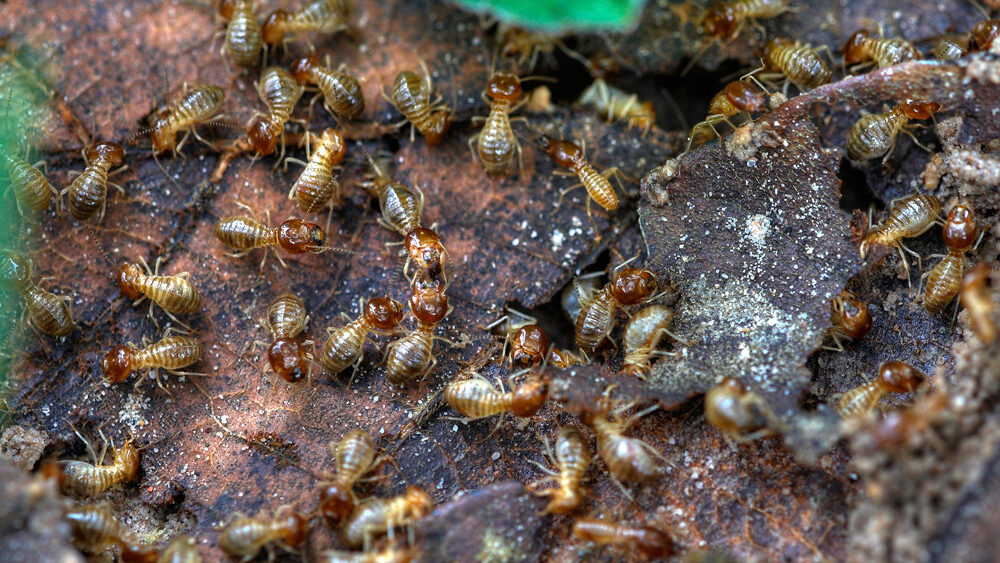
As space agencies plan increasingly ambitious missions, research on insects in space is poised to expand in exciting new directions. Future experiments will likely focus on multi-generational studies spanning dozens of insect life cycles to understand long-term evolutionary adaptations to space conditions—essential knowledge for planning self-sustaining habitats on the Moon or Mars. Scientists are designing experiments to test how insects might function in the partial gravity environments of the Moon (1/6 Earth’s gravity) and Mars (1/3 Earth’s gravity), conditions that differ significantly from both Earth and the microgravity of orbit. More complex social insects like termites and certain wasp species are being considered for future space missions to further understand how sophisticated collective behaviors adapt to space conditions. Additionally, emerging research may explore the potential for genetically modified insects specifically adapted for space environments, perhaps engineered to better withstand radiation or function more efficiently in artificial habitats. These future directions promise to further expand our understanding of biological adaptability while contributing practical knowledge for humanity’s expansion into space.
From the humble fruit flies that first ventured beyond our atmosphere to today’s sophisticated experiments aboard the International Space Station, insects have been quiet but essential companions in humanity’s exploration of space. Their remarkable adaptability, from modified movement patterns to altered reproductive strategies, continues to surprise researchers and provide invaluable insights into how life responds to extreme environments. As we look toward establishing a long-term human presence on other worlds, these small space pioneers may play increasingly important roles—both as research subjects helping us understand fundamental biological processes and as potential partners in creating sustainable extraterrestrial habitats. The story of bugs in space is far from complete, but it has already demonstrated that life’s capacity to adapt and thrive extends well beyond the boundaries of our home planet.
